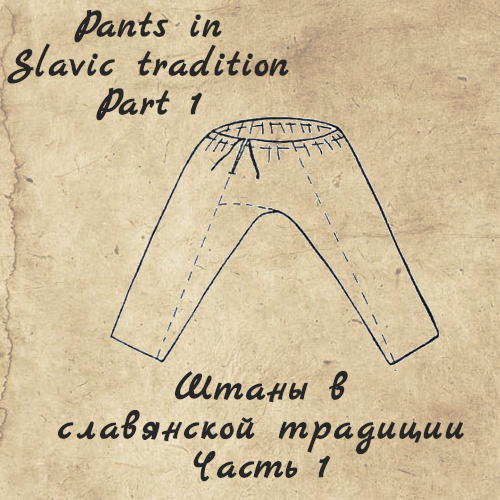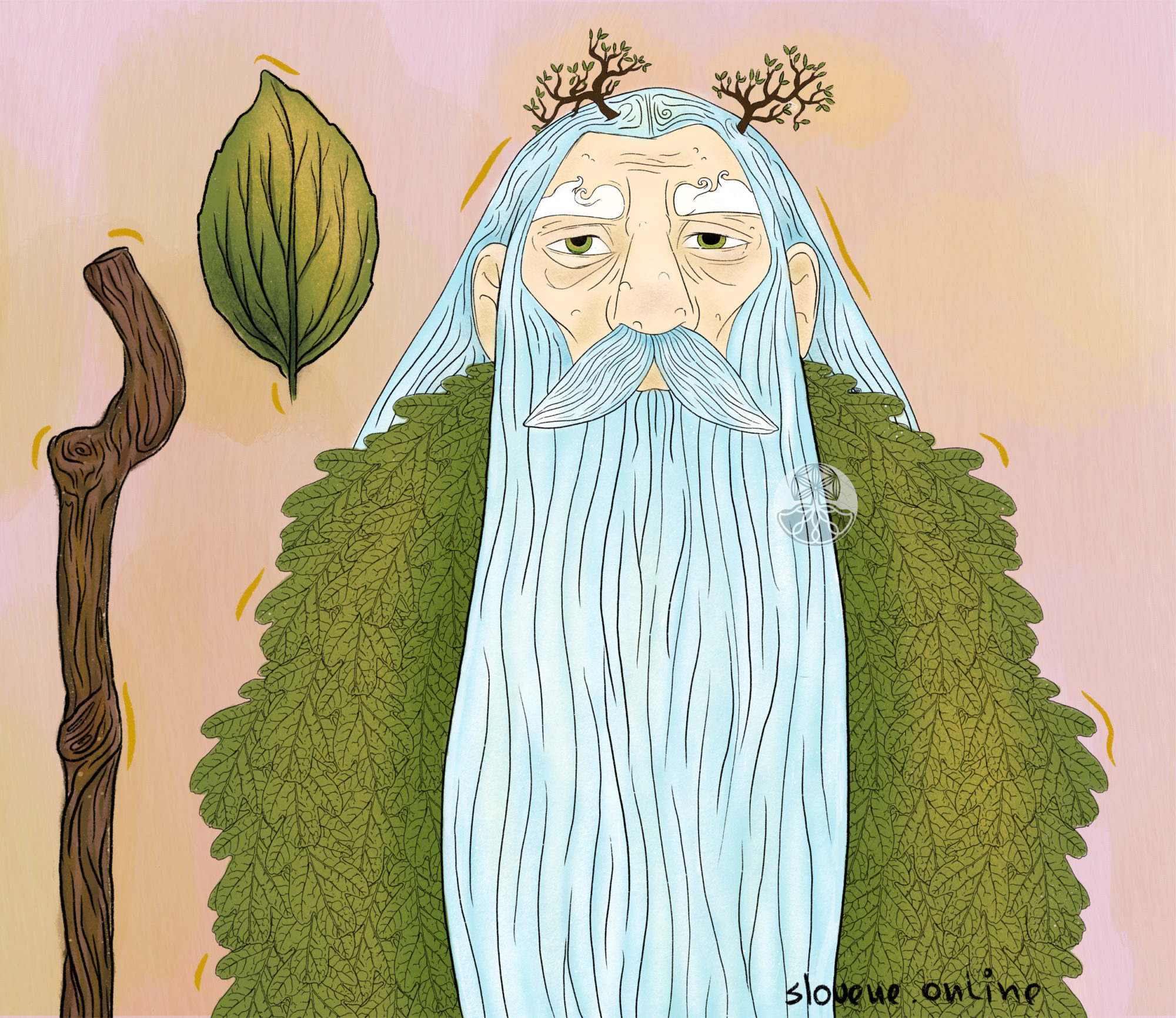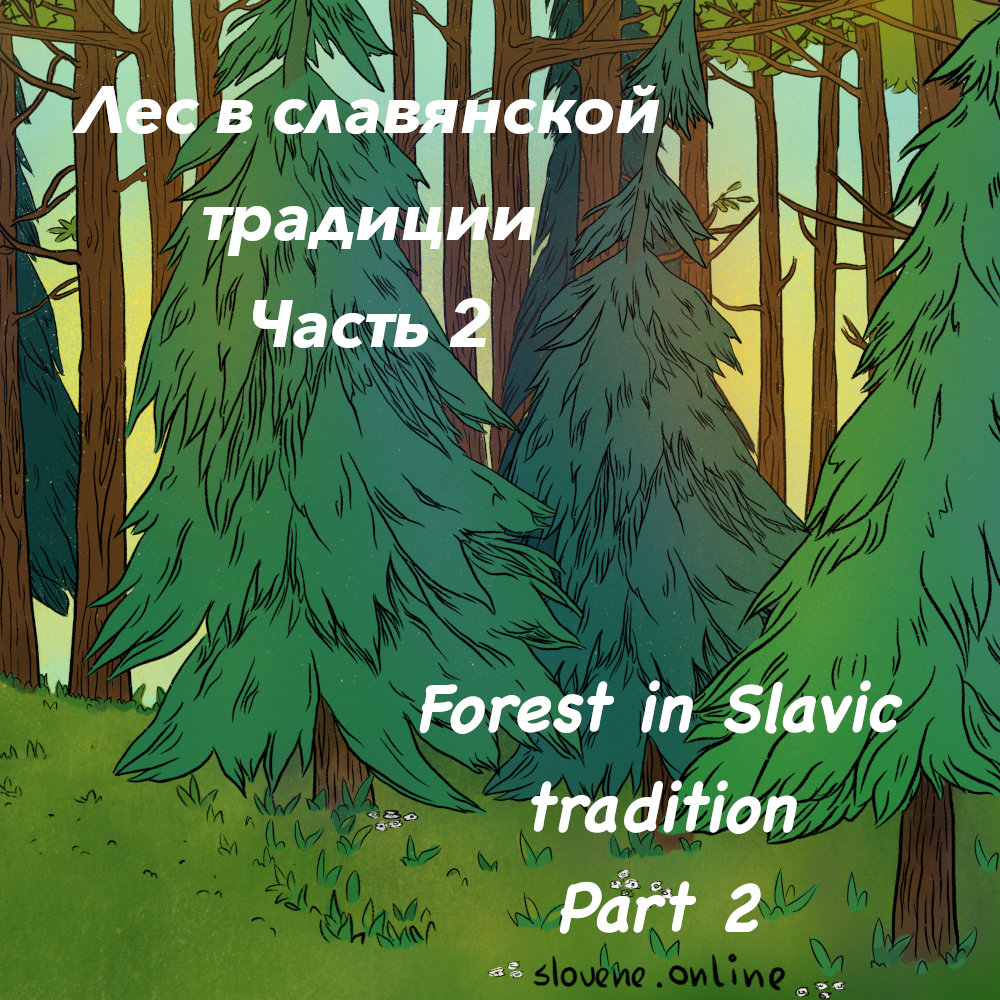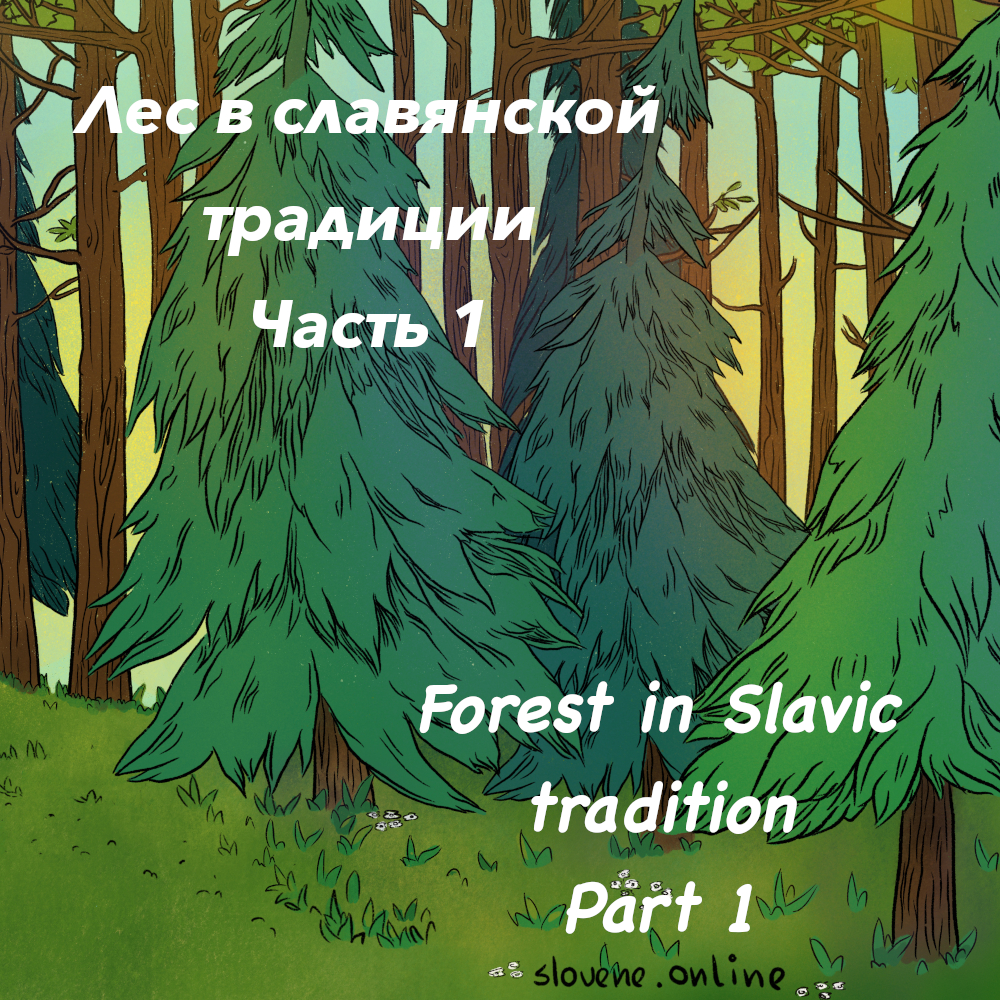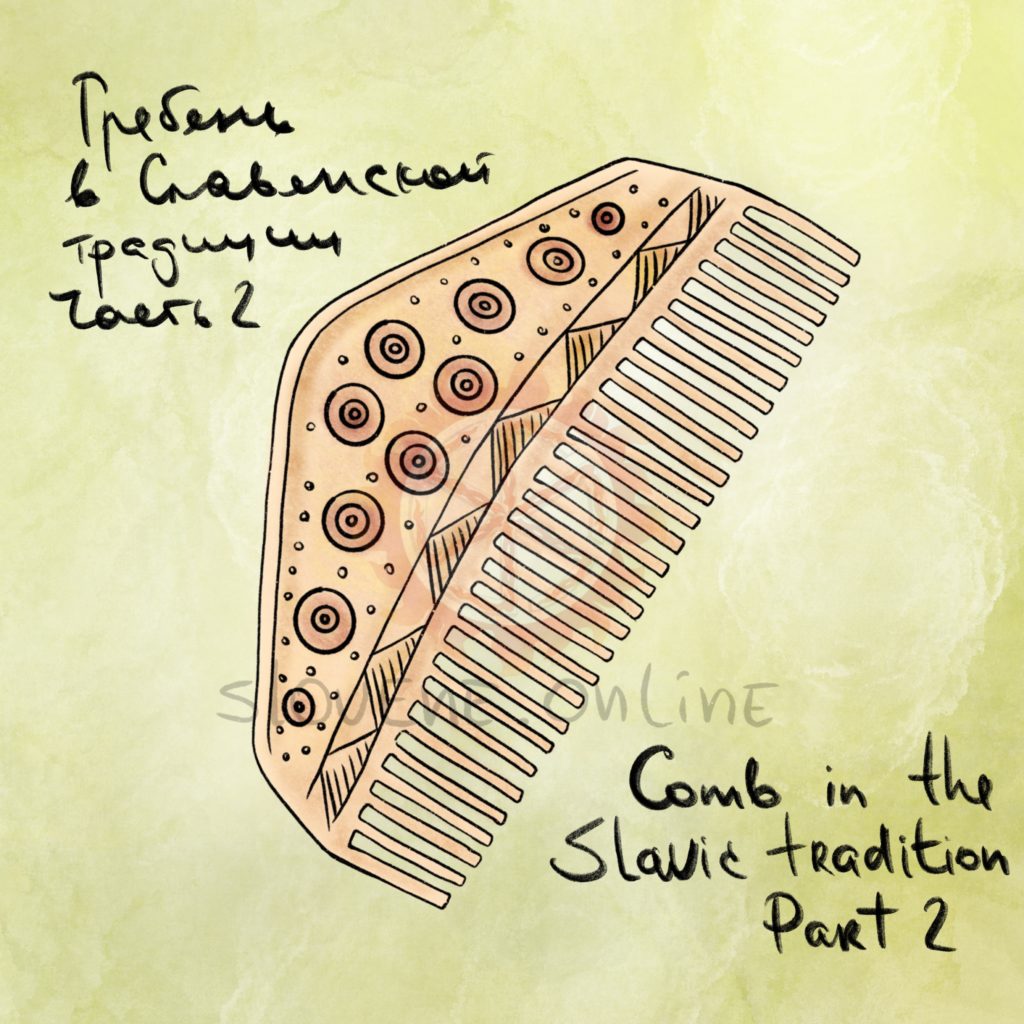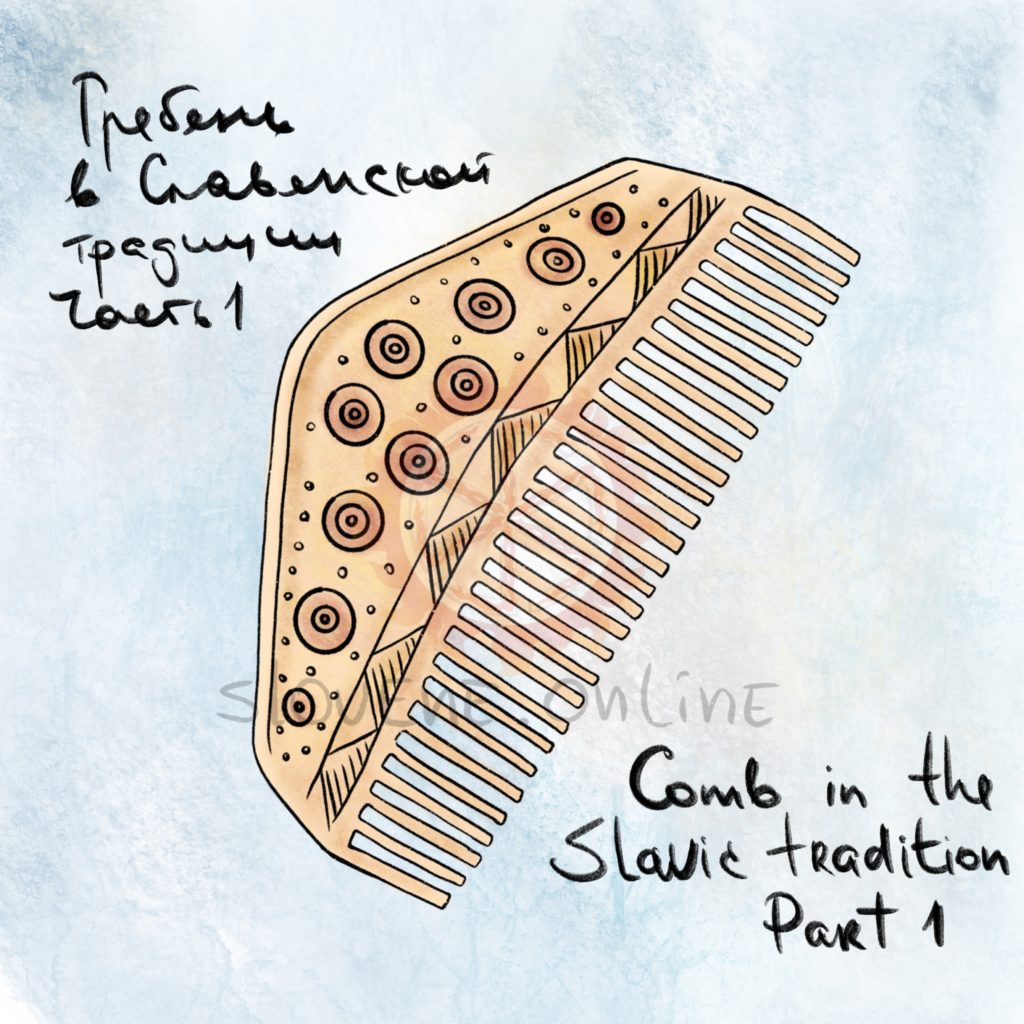Pants today are a common attribute of clothing for adults and children, but this was not always the case. According to Slavic tradition, both girls and boys wore only a long shirt up to 5-8 years old.
ꏍ
The boys were given their first pants as a symbol of maturity and coming into an age. Usually, this was coincided with a big holiday. For example, in Serbia, the boys would put on their first pants and tie them with a belt on St. George’s Day (Ђурђевдан), which was a celebration of fertility and marked the final awakening of nature and the beginning of the agriculture season. In Bulgaria, the boys received a special blessing for wearing pants from their godfather. The Russians believed that making the first pants could predetermine the fate of a child. Therefore, the mother had to make the first pants for her son in one sitting, so that he would subsequently be successful in all his affairs, got easily engaged with a bride, etc.
ꏍ
Pants often served as a talisman. In Polesie region, to protect livestock from plague, people would drag pants along the spine of an animal. On the Kupala night, pants were hung on the gates to protect home against witches. Eyes of pigs and cows were rubbed with men’s pants, so they would not be afraid of any curse.
ꏍ
In the Yaroslavl region, if a woman had newborn children dying, then the “midwife babka” was to ensure that the next child was delivered directly into the father’s pants so that baby would have a long life. In some other places, among Russians, it was customary immediately after birth to wrap a child in dirty father’s pants so that he would be healthy and enjoy the love of his father in the future.
ꏍ
To be continued…
